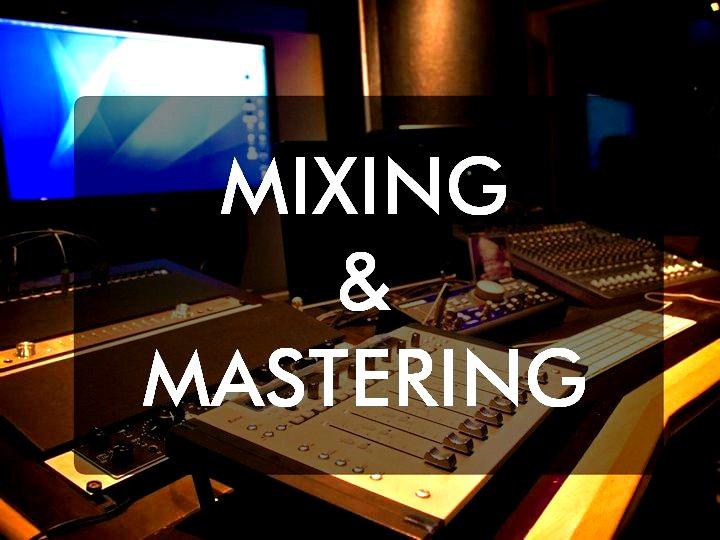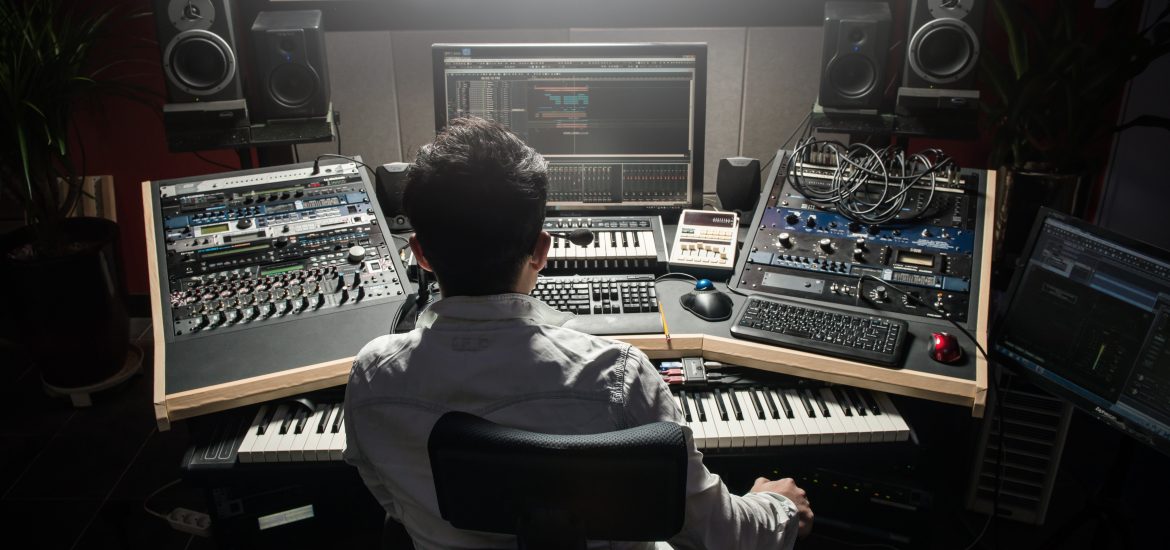The mastering stage brings an end to the audio post-production process. Even if you’ve heard the term “mastering,” it’s not always obvious what it implies in relation to music production, especially for novice and intermediate engineers.
The goal of mastering is to maximize playing across all media formats, playback devices, and operating systems while achieving a feeling of harmony amongst the many sonic elements of a stereo mix. Traditionally, equalization, limiting, compression, and stereo enhancement are used as effects processors throughout the mastering process.
A release that is ready for listeners to experience on all platforms, from the speakers on a listener’s iPhone to the massive sound systems found in dance clubs, requires one last polishing step, known as mastering.
The term “master copy” has its roots in the idea of a master copy. Any reproductions or replicas of the audio must be based on the original recording. No matter if they are saved on streaming platforms, CDs, or vinyl records, the final copies may be played back in the highest quality possible thanks to the mastering process.
Additionally, mastering helps keep a consistent and coherent sound throughout each track on an album.
The final result of mastering is the audio presentation that is best appropriate for dissemination.
Why Spend time Practicing your Music?
Making ensuring that your audio will sound as well as it can on all systems is the goal of mastering. This is crucial given that there are now more formats and devices available than ever before for the consumption of music.
Whether you’re working in a facility that costs a million dollars or a studio in your bedroom, you still need the final quality check that comes with mastering.
This crucial step ensures that your music will be heard by listeners in the way that you intended. A talented mastering engineer may make an album’s tracks consistent and well-balanced by working on it.
When compared to one another, the various tracks on an album could sound disjointed without mastering.
What are the differences between Sound Mixing and Mastering?
The techniques used in Sound Mixing and mastering are distinct and have different goals.
They are carried out during various stages of the music production process, despite the fact that they generally use some of the same tools and methods.
When it comes to audio, mastering concentrates on the stereo mixdown that takes place after mixing is complete, whereas mixing is concerned with the multi-tracked audio from the recording sessions.
Let’s take a new approach to it.

Mixing
The technique of integrating many recorded tracks such that each element of the music can be clearly heard and sounds good to the ear is known as “mixing.”
The mixer will use their creativity at this stage of the process to select the right instruments to give the song the greatest impact.
The levels, panning, dynamics, and frequency balance of each track are managed by the mix engineer, and they frequently make major adjustments to make the tracks sound well together.
Mastering
Following the mixing phase, there is a further procedure called mastering, which is more nuanced and technical but just as important.
Moving on to the mastering stage is common after the mixing stage is complete. This shows that it only affects the stereo mixdown and cannot alter the sound of a single instrument.
During this stage, the emphasis is on making subtle adjustments with the goal of enhancing the audio rather than making large changes or changing the creative direction.
What accomplishes mastery?
Mastery is a difficult process when done well. The principal techniques used are as follows:
Restored Audio
Mastering is the last stage in ensuring the high caliber of your audio. This section may be used to correct clicks, pops, and hisses that were present in the first mix, if necessary. Even the smallest mistakes, which can be readily heard when the unmastered audio is magnified, can be fixed during the mastering process.
Stereo Improvement
Stereo augmentation can assist in creating a sense of space in your master. When done properly, it widens the soundstage of your mix and gives it a more comprehensive sound. It might also help to tighten up the image in the stage’s center by concentrating on the low end.
Understanding EQ
The frequency range of the recording is made harmonious again during the mastering equalization process. A master who is balanced and has a good sense of proportion is ideal. This shows that no particular frequency band stands out. On any playing device, a piece of audio with good balance can deliver attractive effects.
Compressing the Sound Mastering
Compression
The dynamics of the complete stereo mix are managed through compression during mastering.
It mutes louder signals while emphasizing the softer elements, which enhances the overall sense of the music.
Compression aids in tying the mix together by working to bring the necessary components of the signal into better focus.
Loudness, or LUFS
One of the most crucial steps in mastering is turning up the mix’s volume to a level appropriate for consumer listening.
This is accomplished by using a limiter to further reduce the dynamic range from what it already was. Limiting makes the track louder than its rivals by avoiding clipping, which can lead to distortion and reduce the volume of the music.
Both sampling frequency and bit depth
Additionally, bit reduction and sampling rate modification were done.
It is not always the case that the media utilized for the final output will be the same as the audio file type used during the production process. Any necessary conversions of the sample rate and bit depth will be made at the very end of the mastering process to maintain the greatest degree of audio quality.
Spacing and Order
A technique known as sequencing and spacing is used to create the flow of an album. In this process, the tracks are sorted in the order they will appear on the release, and quiet interludes are introduced in between the tracks.
Soul Asylum Studios is an independent recording studio based in Atlanta, Georgia that specializes in providing exceptional recording services for the music industry. Our staff is comprised of experienced and passionate music producers, engineers, and musicians who are dedicated to providing a one-of-a-kind recording experience and superior sound quality. Our studio is equipped with the latest in digital and analog recording technology, ensuring that your project will be captured with the quality and precision you deserve.
Whether you’re a solo artist, band, or major label, Soul Asylum Studios is here to help you create the best possible recording. With an experienced team of engineers and a comfortable, relaxed atmosphere, we guarantee that your experience with us will be nothing short of exceptional.

